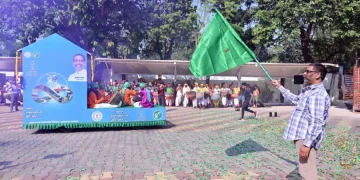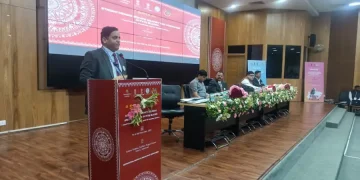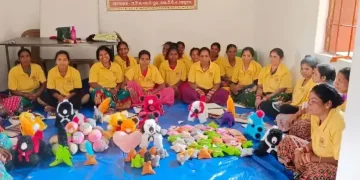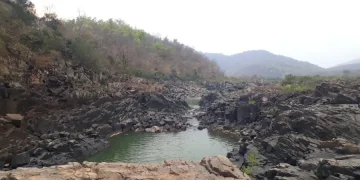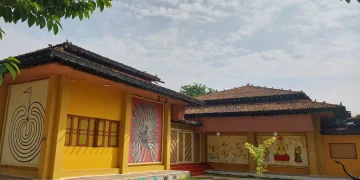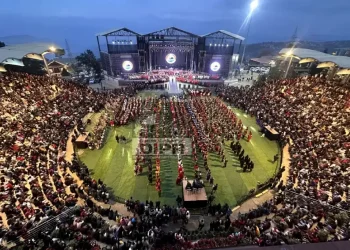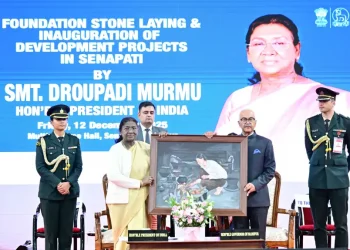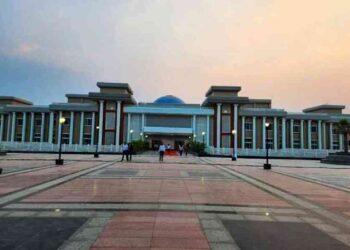Jharkhand’s film industry caters to quite a substantial market, spanning tribal regions across several states. The State is also home to several up and coming names in acting, production and direction.
However, it’s difficult to pinpoint the local industry’s size in revenue terms, or even put a level to actors’ earnings and wages of technicians, with no authentic data available.
A reputed Nagpuri and Bhojpuri film actress, who has also made her presence felt in some Bollywood movies, confides that average payment for lead or second lead roles for both male and female actors is Rs 1,000-2,000 per day
Side actors usually get Rs 200–300 per day. It’s no secret that men subsist reasonably on such roles, but women are often subjected to exploitation of sorts.

Noted film producer Rishi Prakash Mishra says he has repeatedly requested the Film Development Board to fix minimum wages and other amenities for artistes in tune with the film policy formulated in 2015, but to no avail.
Jollywood’s talent pool also remains a disorganised mesh. Producers usually contact stars who have a sizeable fan following on YouTube. Certain local theatre groups also provide artistes to Jollywood, while a handful of film distributors facilitate casting and other services during shooting.
Mishra has also tried to form an association of artistes and others associated with the local film industry, though he has not made much headway yet.
For now, there is a long list of producers with only a single venture to their names, who never tried again after burning their fingers the first time!

The Jharkhand government, though, has made efforts to cement this fledgling sector. Six years ago, it unveiled a film policy to enable incentives in film making, such as waiving entertainment tax on screening of films with a Jharkhand theme.
A high-profile committee, headed by celebrated actor Anupam Kher, was established to brainstorm on methods to attract big-ticket producers. But there has been no significant progress on that. “Kher is no longer heading the committee. In fact, the committee never became fully functional,” says a senior official of the Information and Public Relations Department.
“Now we are mainly concentrating on giving necessary support to producers approaching us to shoot their films. Two films were recently shot in Lohardaga and Dumka,” the official adds.






